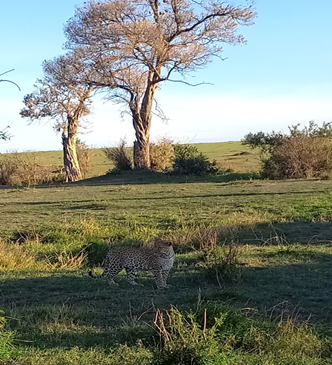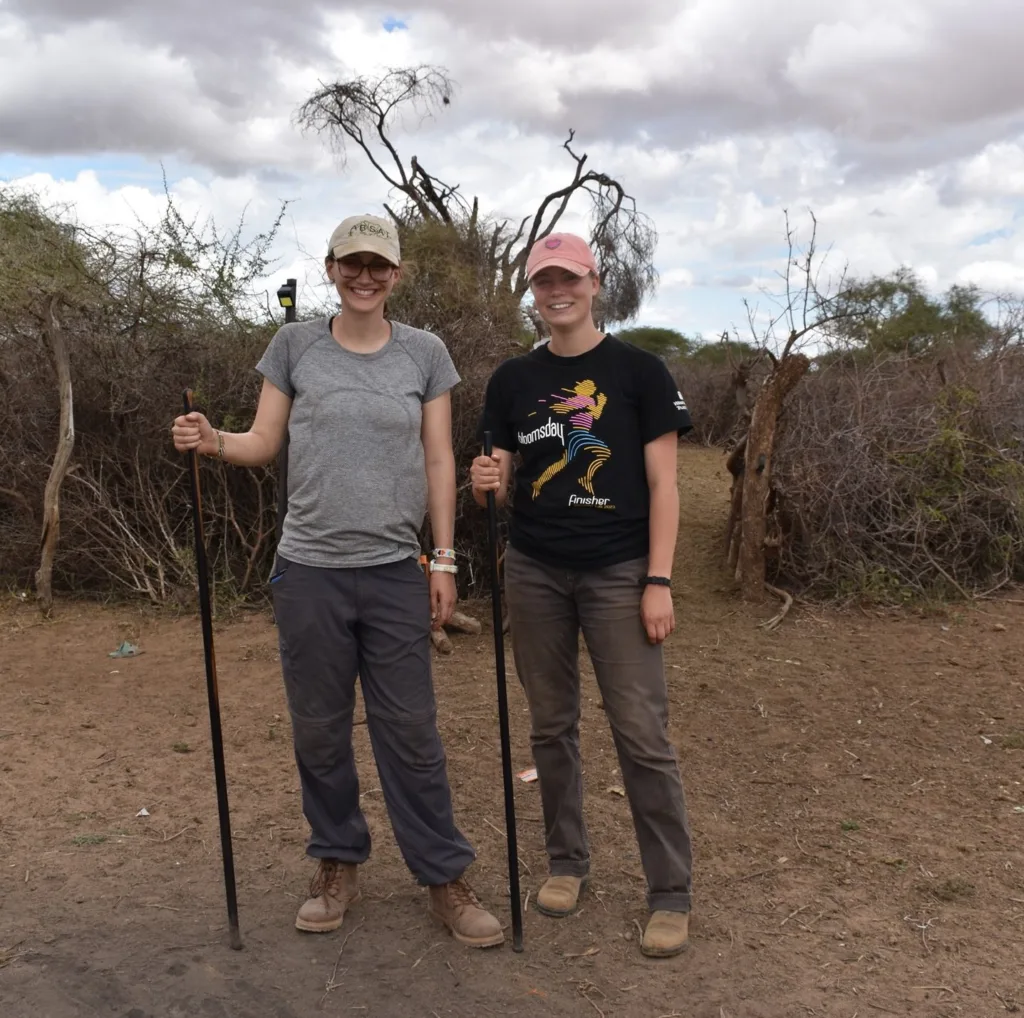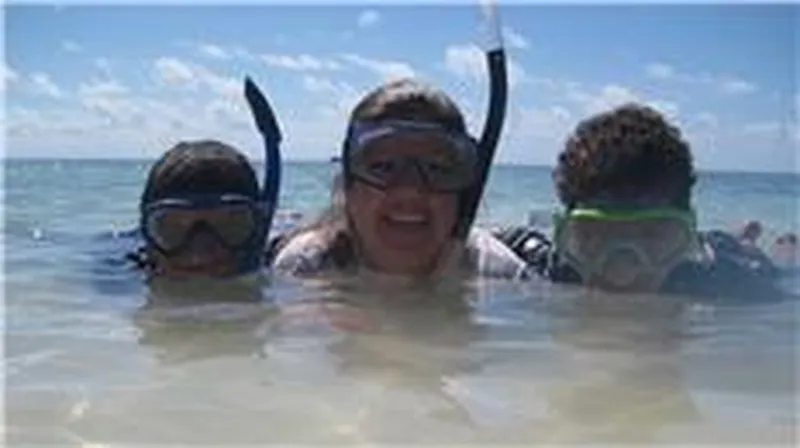
By: Kathy Baier-Lockhart, M.S.
Nightcrawlers
Night: the period of darkness between sunset and sunrise. Darkness always represents a challenge for daytime creatures, especially to us humans. Taking a walk through the forest at night can be frightening, but also eye-opening and fun. For me, the forest at night feels like a second home and is a relaxing experience. The students, however, have had few opportunities to experience it. The aim of our night walk was to search for amphibians, reptiles, and any other nightcrawlers, but it also represented a great opportunity to show the students that there is a lot of life once the sun goes down.
Full of anticipation and a little bit of fear, we started our night walk through the dark forest with just the aid of red lights. We walked silently on the trail hoping to find active creatures performing their usual routines. Halfway through the walk, we stopped, turned our lights off, listened to the chirps of insects, and let our eyes adjust in an attempt to take in as much as our senses could process. We noticed the bioluminescence surrounding us, probably coming from fungus in the organic material on the forest floor. We heard cicadas, frogs, and monkeys. The night seemed more alive than ever!
As we continued our walk, we encountered a number of insects, arachnids, millipedes, and centipedes, and spotted a few lizards and frogs. During our way back to the field station, we bumped into what was the highlight of the night… a brown salamander (!), very rarely seen on the Institute for Tropical Ecology and Conservation (ITEC) grounds. According to Dr. Peter Lahanas (Executive Director of ITEC, our host during this overnight), only two salamander specimens have been seen on site during the past twenty years!
Despite their initial fears, the students really enjoyed the walk. When we arrived back to the field station, they seemed exhausted but also very proud to have completed the walk without any major difficulties. They realized that all of the organisms we encountered outweighed their initial uncertainties about the forest at night. It was further rewarding when I read through their field journals. I learned that some of them found the forest was less intimidating during the night as opposed to the daylight, where more could be seen. To me, the biggest recompense comes when I am able to show the students that despite some of the dangers, there is actually nothing to fear; that the forest creatures are there even when we cannot see them; that we need to understand that the world is so much bigger that what we see during the day; and that just because it is dark, it doesn’t mean that the animals are more scary… a spider is still a spider, and it can actually be really shy!
As mentioned in Tropical Nature by Adrian Forsyth and Kenneth Miyata: “This [the night] is a world we find endlessly fascinating. It is a place so alien to creatures of the day like ourselves that it never becomes familiar and comfortable, no matter how much time we spend there… Although the risks may be exaggerated, dangerous creatures do inhabit these places, and tension, which puts a fine edge on your senses and makes you more aware of your environment, can be highly adaptive.”
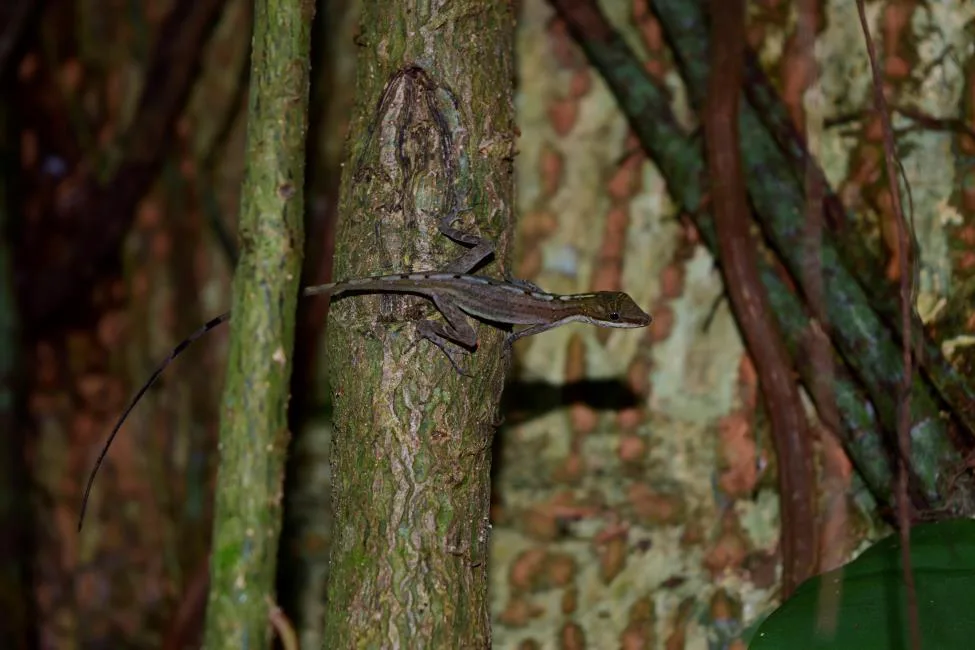
Norops limifrons lizard. Photo: Mike Halamek
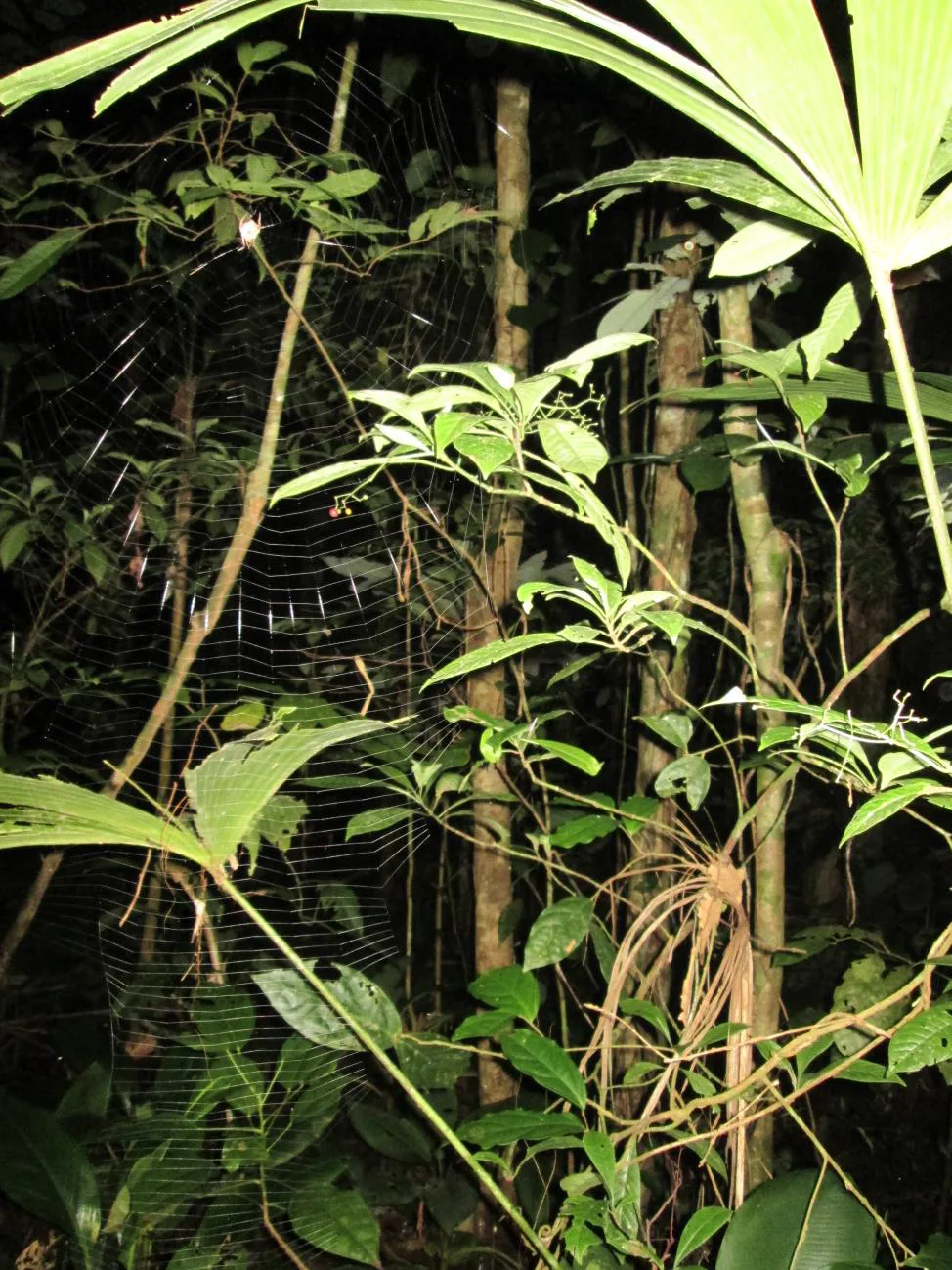
Scoloderus sp., Inverted Ladder Web Spider
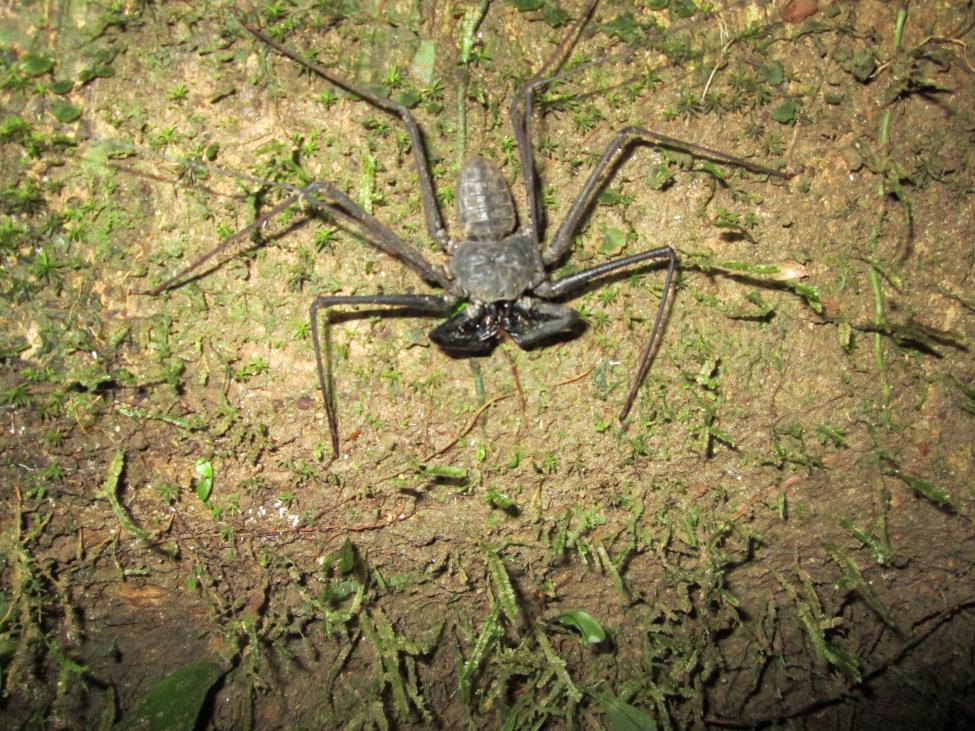
Whip Scorpion, Aracnid from the Order Amblypygi
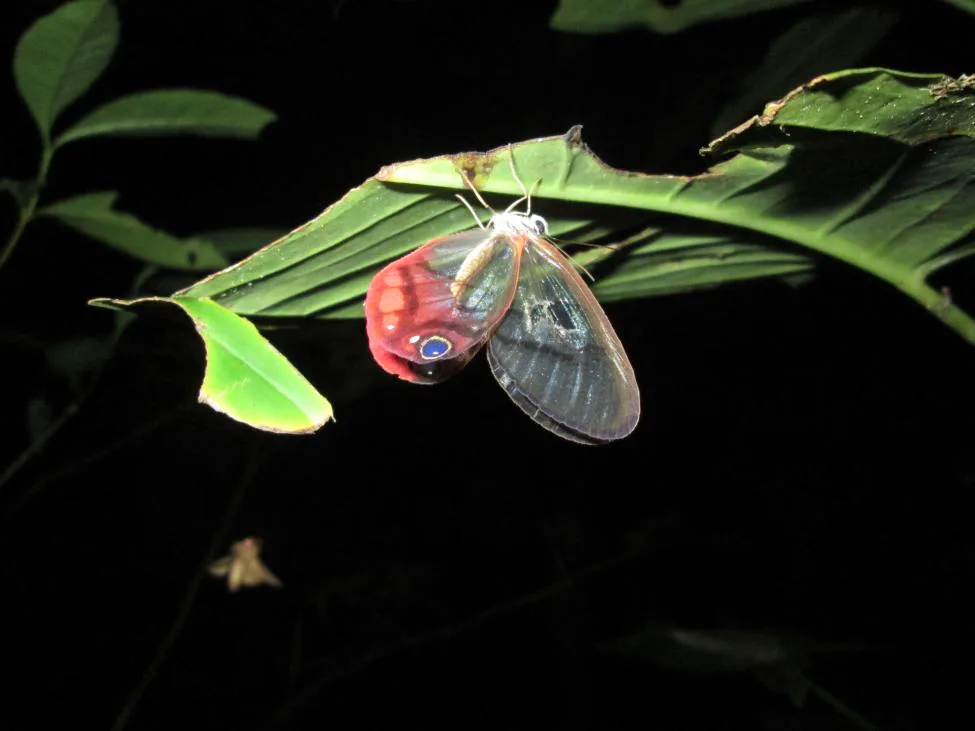
Cithaeria menander butterfly
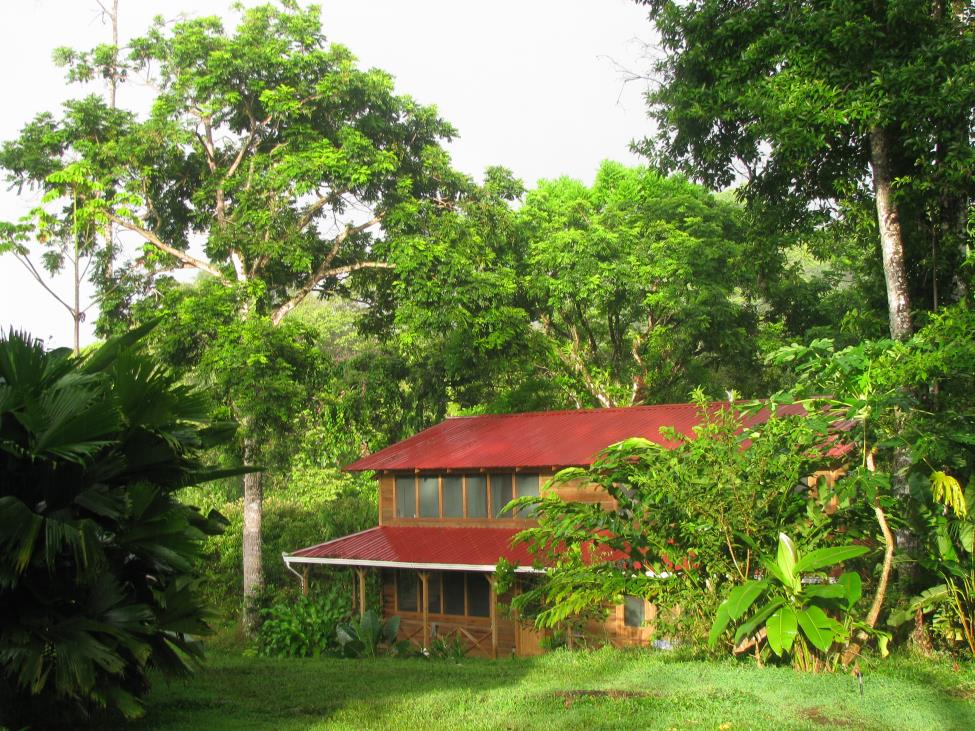
Institute for Tropical Ecology and Conservation Laboratory Building
Cited book: Forsyth, A., & Miyata, K. (2011). Tropical Nature: Life and Death in the Rain Forests of Central and South America. Simon and Schuster.
Related Posts
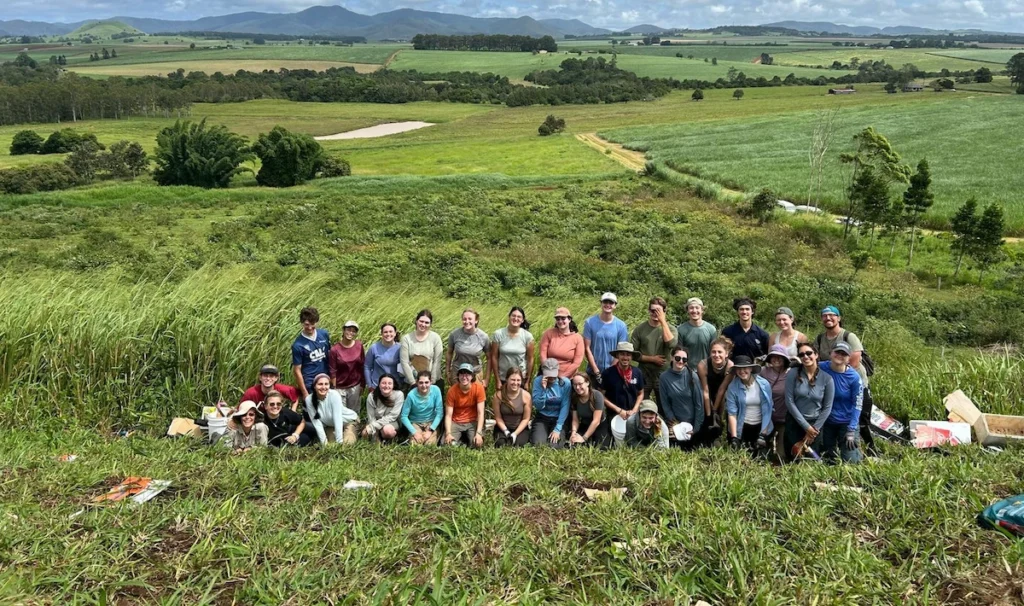
Cinder Cone Chronicles: Lessons from Drought, Data, and Determination
